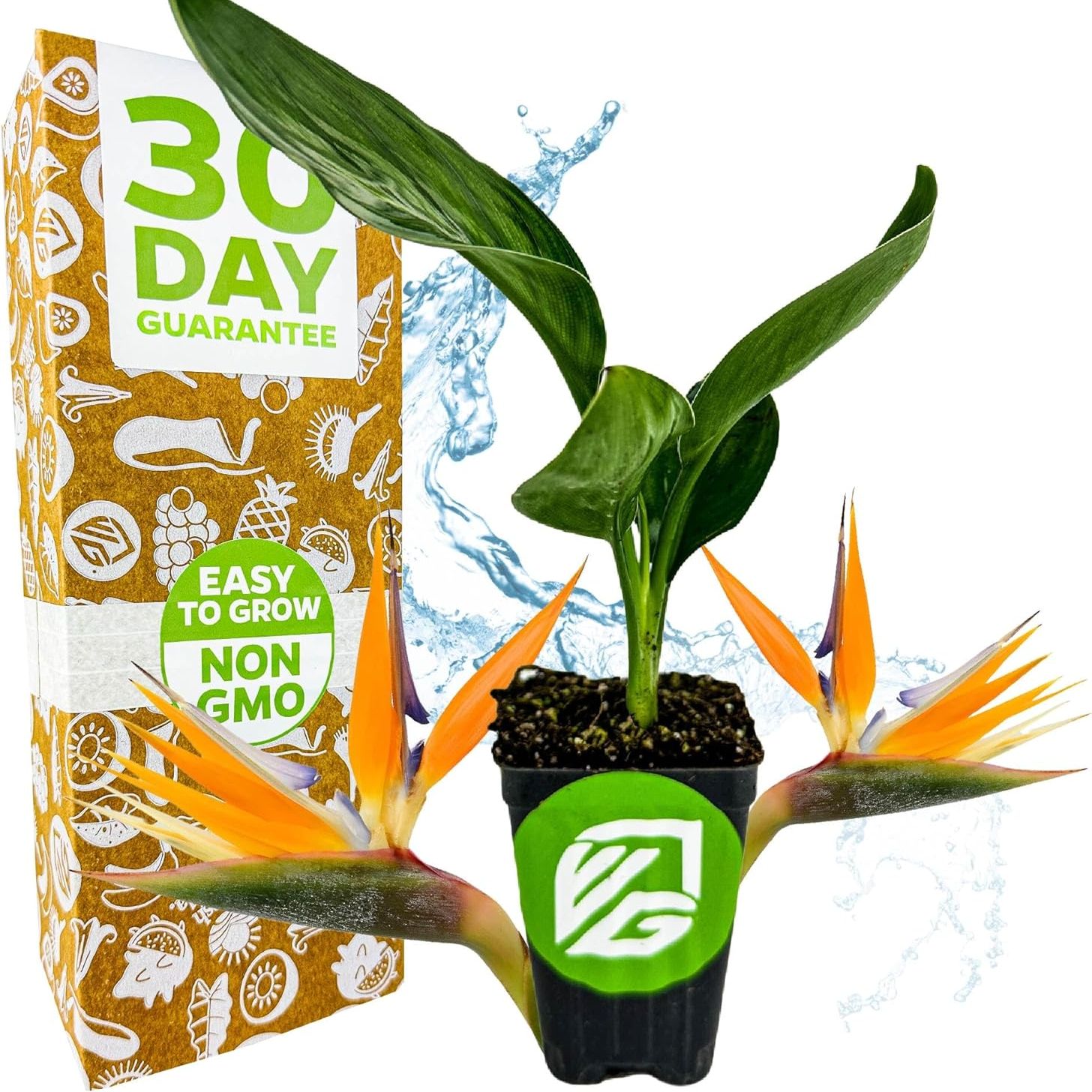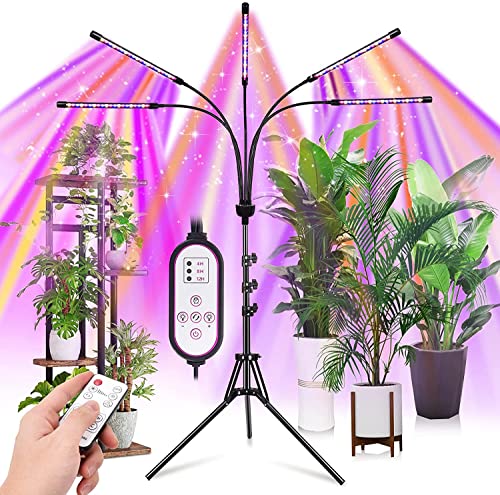Don't Let This Tropical Stunner Succumb to Frost – How to Overwinter Bird of Paradise Indoors and Outdoors
Discover overwintering tips from a tropical plant expert
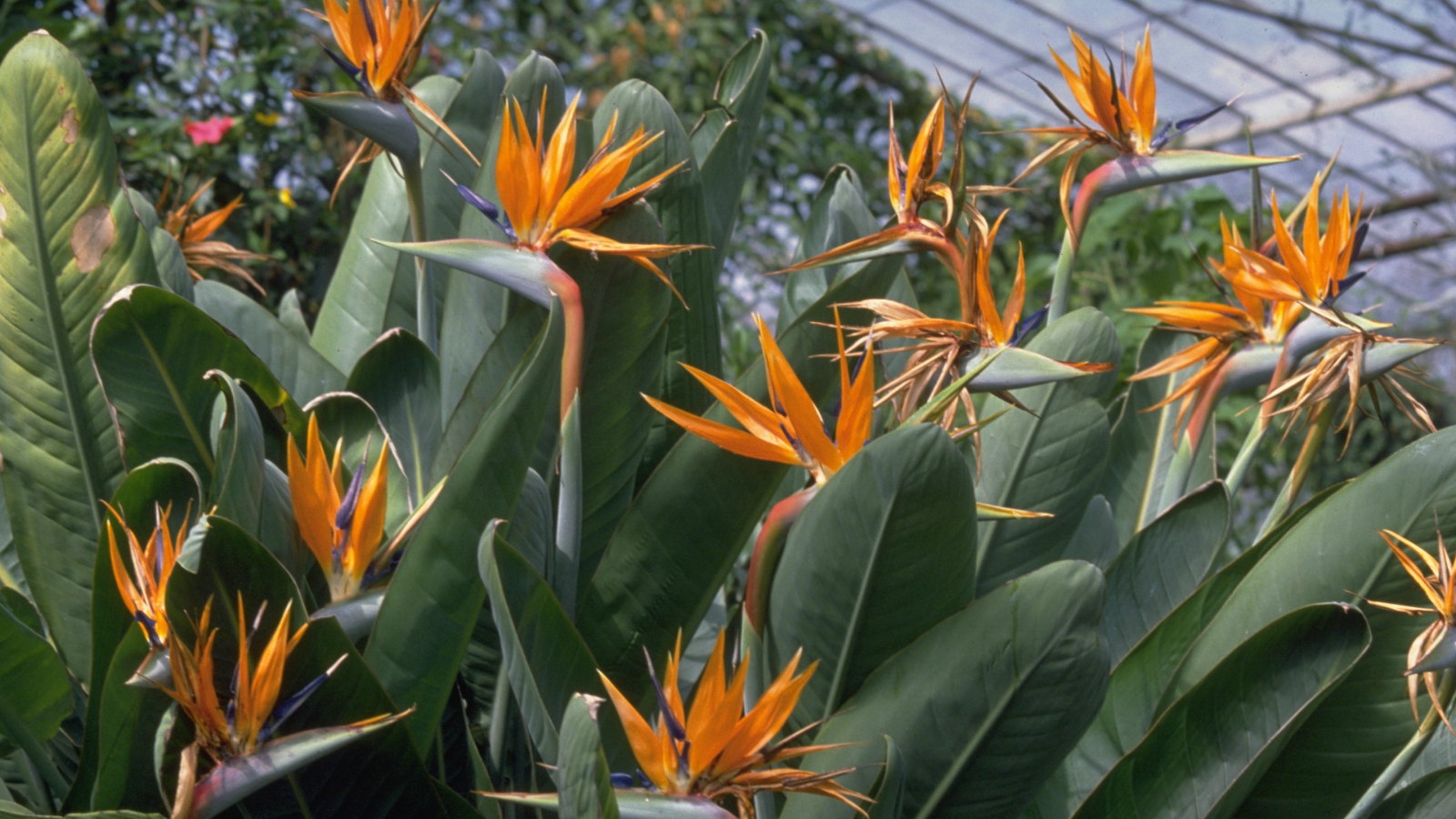
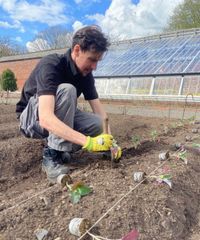
The striking blooms of a bird of paradise plant (Strelitzia spp) make an impact whether cultivated indoors or outdoors. Native to South Africa, their flowers resemble tropical birds, coming in shades of white or orange, depending on the species.
As a warmth-loving plant, they do require winter protection unless you are in a tropical climate. Gardeners experiencing frosts should take steps to overwinter their bird of paradise plants to ensure they survive the winter unscathed. This can involve providing extra protection outdoors or bringing the plant indoors during colder months.
To help you find the best way to grow bird of paradise plants through the colder months in your climate, I consulted a tropical plant expert. This guide covers how to overwinter bird of paradise plants indoors and outdoors, so you can enjoy their spectacular blooms year after year.
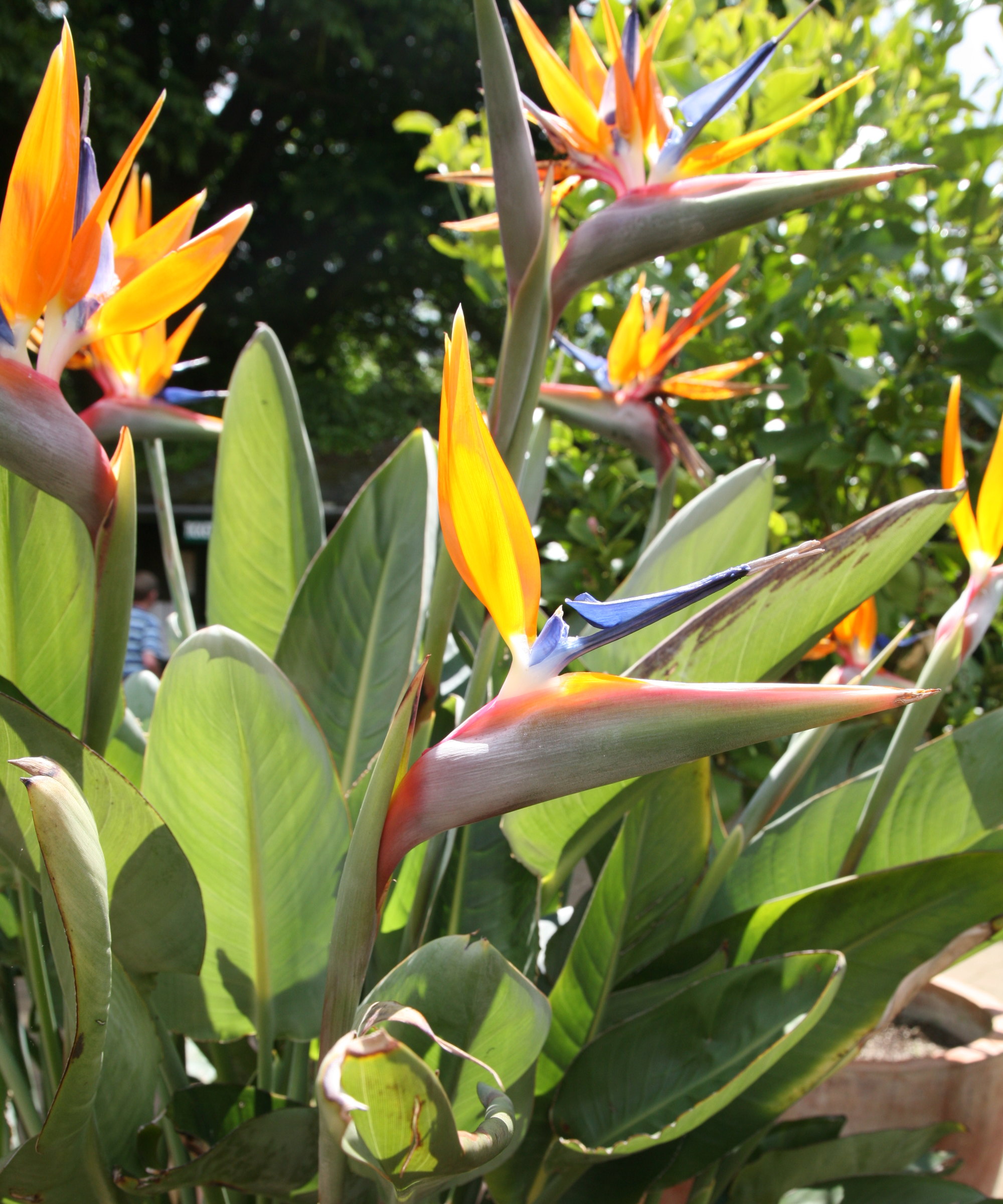
An expert guide to overwintering bird of paradise plants
A bird of paradise makes a great houseplant to grow outdoors in borders or containers for the summer.
The flowers look like birds and make a great focal or talking point, especially around a patio or pool. You must remember that they are tropical plants, though, that will need some protection for winter in all but the warmest climates.
How to overwinter bird of paradise indoors
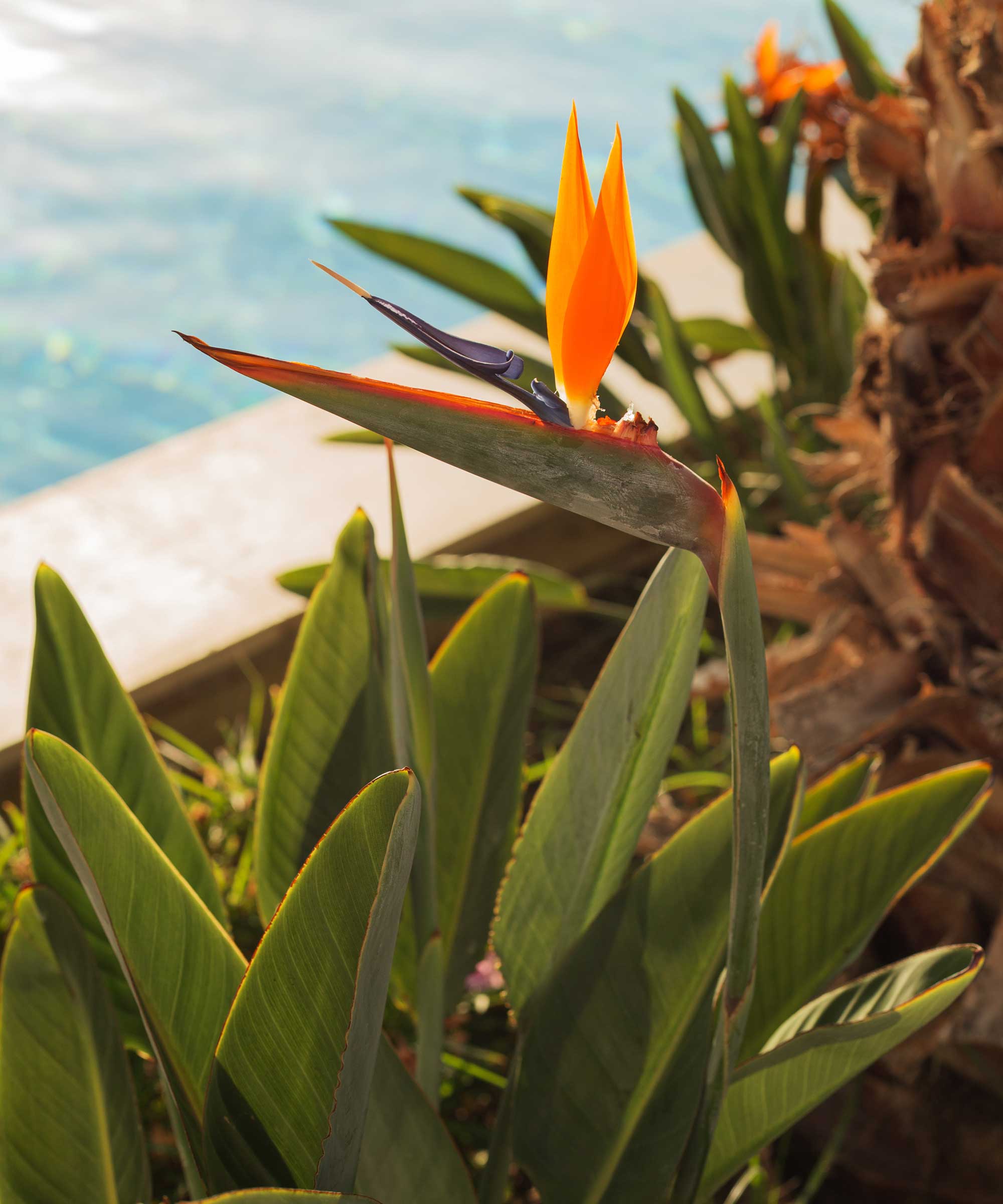
If you live in colder climates of US hardiness zone 9 or below, overwintering plants indoors is the preferred choice. This is because a bird of paradise plant will not survive frosts.
If you live in zone 9 and have a few frosts, it may be able to survive outdoors with protection, but it is up to you if you want to take the risk. It is not so up for debate in zones 8 and below, where there are prolonged freezes, and you definitely need to bring plants inside.
Design expertise in your inbox – from inspiring decorating ideas and beautiful celebrity homes to practical gardening advice and shopping round-ups.
The best time to move plants is before nighttime temperatures consistently drop below 55°F in late fall. Cooler temperatures slow the plant's growth and stress it. Leaving it too late can be damaging, as a bird of paradise plant suffers leaf damage and root stress when the temperatures dip below 50°F.
A little TLC before moving plants indoors works wonders. The first step is to inspect them for small pests. The likes of mealybugs, scale, and spider mites can all hide in plain sight and go on to infest other indoor plants in winter.
A ready-to-use insecticidal soap, like this one at Amazon, can be sprayed on plants to get rid of aphids and other small pest issues. Next, if your bird of paradise shows signs of damaged or ageing leaves, snip them off before placing the plant in its new winter home.
The plant is now in perfect condition to come indoors for winter. An ideal location for the overwintering of bird of paradise plants is warm and bright, the type of conditions you get in a conservatory or sunroom.
Tatiana Anderson, a tropical plant expert from Top Tropicals, also highlights south- or west-facing windows as perfect.
'Strelitzia is light-hungry even during dormancy,' says Tatiana. 'Low light leads to leaf yellowing, weak petioles, and slowed recovery in spring. If natural light is limited, supplement with a full-spectrum grow light set 12-18 inches above the foliage for 12-14 hours daily.'
The tropical plant expert also advises to 'maintain room temperatures between 65-75°F' to ensure healthy development through winter.
Overwatering is a common mistake gardeners make when overwintering tender plants indoors, and falling foul of this watering mistake risks the potential future of your bird of paradise plants. Along with providing the right light levels, watering is a key aspect to get right when you overwinter birds of paradise indoors.
'Indoors, the bird of paradise grows slowly in lower light, and excess moisture can cause root rot,' warns Tatiana. 'Let the top 1-2 inches of soil dry before watering again.'
She adds: 'If the air indoors is very dry, increase humidity with a pebble tray or humidifier rather than overwatering.'
So, remember to reduce how often you water plants. Plus, there is no need to fertilize plants during the winter. Wait until the plant starts growing again in spring to commence any feeding regime.

Tatiana Anderson is the co-owner and co-founder of Top Tropicals, based in Fort Myers, Florida. Top Tropicals grow and sell a whole range of flowering and fruiting tropical plants.
How to overwinter bird of paradise outdoors
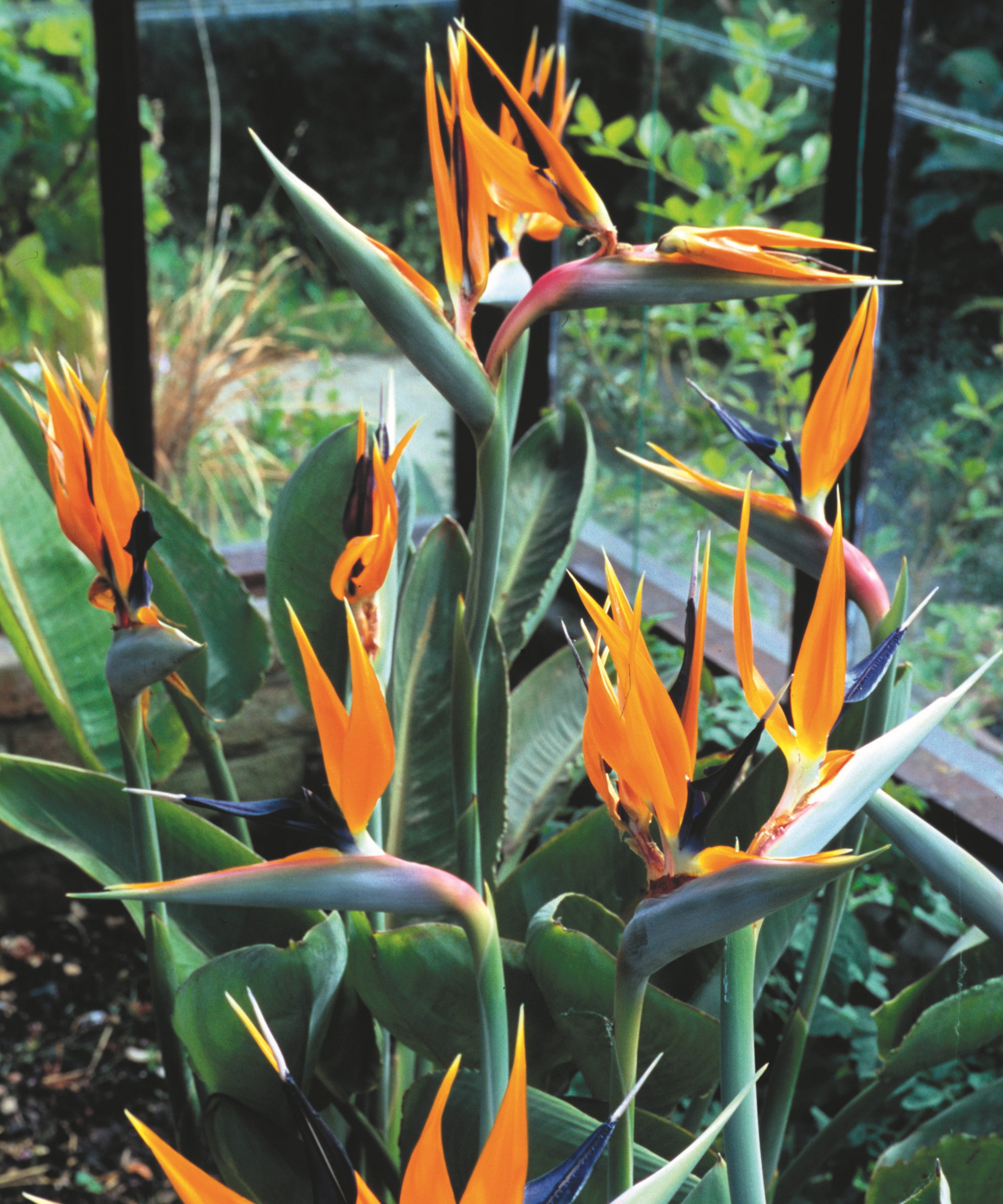
The opportunity to overwinter bird of paradise outdoors remains exclusive to those gardeners in warmer zones, primarily US hardiness zone 10+.
As mentioned above, those in zone 9 may be able to overwinter plants, too. This is unless they suffer particularly extended periods of frost or have heavier soil types that sit very wet over winter.
Gardeners in borderline areas will need to protect plants from potential frosts and cold snaps. As the foliage is most susceptible to cold weather, cut the stems down to around 12 inches above the ground before the frosts with a pair of clean, sharp pruning shears.
Mulch over the clump with a good few inches of straw, chopped leaves, or bark chippings. Then cover the area with a breathable row cover (such as this floating row cover, available at Amazon) and peg it down to provide an extra layer of insulation and prevent the mulch from getting blown away in strong winds.
If you haven't protected plants, and there is a surprise cold snap forecast, don't panic, as Tatiana offers the following words of advice.
'When frost threatens, water the soil thoroughly a day before - moist soil retains heat better than dry,' recommends the tropical plant expert. 'Cover the plant overnight with frost cloth or breathable fabric, not plastic, to trap ground warmth. For large clumps, wrap the base with mulch or straw to protect rhizomes.'
Once the frosts pass and the temperatures rise again in spring, remove the covering of mulch to allow the bird of paradise to grow again unimpeded.
FAQs
Can strelitzia survive frost?
Bird of paradise plants are tropical plants that are damaged by freezing temperatures. They can withstand cold for short periods, but not prolonged bouts of cold weather.
If you do worry about losing plants to frost, you can propagate bird of paradise plants to bulk out your collection and mitigate any potential losses. The easiest method is to divide plants once they are at least three years old and repot the new plant into a pot filled with soil for container gardening, such as this premium organic potting mix at Burpee.
A less reliable method to try is to take root cuttings in the spring. The ultimate challenge is to collect seeds and grow new plants, but this can take up to 10 years to get mature and flowering bird of paradise plants.

Drew has worked as a writer since 2008 and was also a professional gardener for many years. As a trained horticulturist, he worked in prestigious historic gardens, including Hanbury Hall and the world-famous Hidcote Manor Garden. He also spent time as a specialist kitchen gardener at Soho Farmhouse and Netherby Hall, where he grew vegetables, fruit, herbs, and cut flowers for restaurants. Drew has written for numerous print and online publications and is an allotment holder and garden blogger. He is shortlisted for the Digital Gardening Writer of the Year at the 2025 Garden Media Guild Awards.
You must confirm your public display name before commenting
Please logout and then login again, you will then be prompted to enter your display name.
